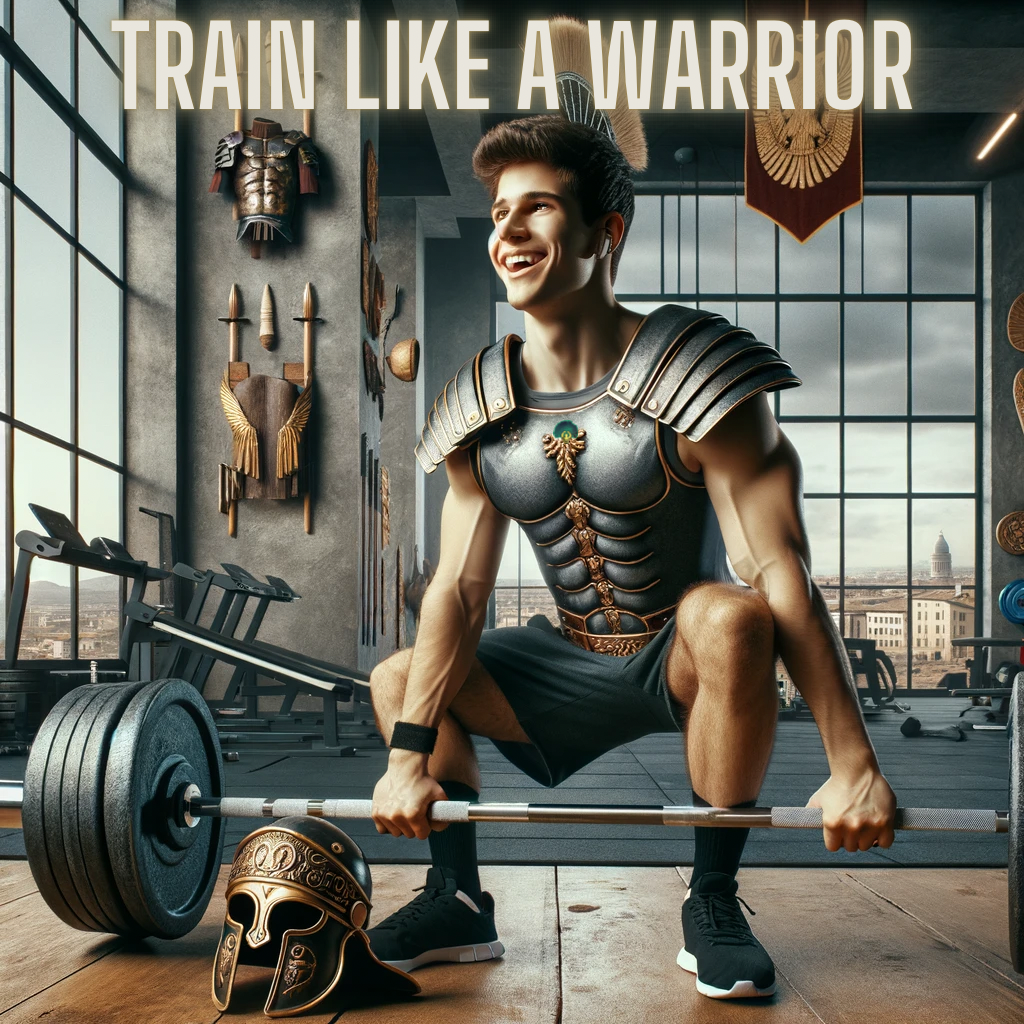How to Harness Ancient Roman Training Techniques for Modern Athletic Success
Cultivating the Indomitable Spirit: Modern Athletes Drawing from Ancient Rome's Legacy
The journey towards athletic greatness is a timeless endeavor, bridging the gap between the ancient and the modern. In this era, where student-athletes navigate a complex and demanding landscape, the enduring legacies of Roman warriors offer profound insights. These ancient combatants mastered the arts of discipline, endurance, strength, and unity—qualities that remain pivotal for today's competitors. By weaving these historic disciplines into contemporary training strategies, student-athletes can evolve into indomitable spirits, standing resilient and powerful in their pursuits.
Building Blocks: Discipline and Resilience
The hallmark of a Roman legionary's training was their unwavering discipline and resilience, achieved through exacting routines and challenges. Modern athletes have much to gain from adopting this disciplined approach, setting rigorous goals and maintaining a steadfast commitment to their training schedules. Embracing endurance-focused exercises, such as long-distance running and HIIT, reflects the legionaries' capacity for long marches and readiness for battle. This regimen not only bolsters cardiovascular fitness but also instills a resilience that is critical for overcoming adversities in sports and academics alike.
Multifaceted Strength Development
The Roman military regimen encompassed a broad spectrum of physical training, from weapon mastery to laborious construction tasks, fostering a versatile and functional form of strength. In a parallel vein, student-athletes can broaden their approach to strength training beyond traditional weightlifting to include bodyweight exercises and dynamic movement drills. This strategy enhances overall muscular balance and agility, vital for excelling in a wide array of sports, while also minimizing injury risks.
Unity and Strategy in the Field of Play
The effectiveness of Roman soldiers was not solely in their individual prowess but in their ability to operate cohesively within a larger unit. This principle of unity and collective strategy is directly applicable to team sports, where success is often contingent upon the seamless interplay between teammates. By prioritizing team-building exercises and strategic play drills, student-athletes can cultivate a deeper sense of camaraderie and tactical acumen, echoing the coordinated efforts of ancient warriors.
Embracing Environmental Versatility
Adaptability was a key survival skill for Roman legions, who often found themselves in diverse and challenging environments. Modern athletes can emulate this adaptability by incorporating a variety of training settings and modalities into their routines. From outdoor workouts that challenge the body in new ways to cross-training activities like swimming or biking, such diversity in training not only enhances physical conditioning but also prepares athletes for the unpredictable dynamics of competitive sports.
Nutritional Warfare: Fueling the Modern Gladiator
The sustenance of Roman soldiers was carefully managed to ensure their readiness and stamina for the rigors of battle. Today's student-athletes can draw from this wisdom by emphasizing a diet rich in nutrients, focusing on lean proteins, whole grains, and fresh produce to support recovery and performance. Proper hydration remains a cornerstone of this dietary strategy, mirroring the ancient understanding of its vital role in maintaining peak physical condition.
Awakening the Indomitable Spirit
The path of modern student-athletes, much like that of their Roman forebears, is paved with challenges that test their limits and demand growth. By integrating the venerable practices of Roman legionaries—emphasizing discipline, comprehensive strength, teamwork, adaptability, and mindful nutrition—into their training, athletes of today can fortify their resolve and elevate their performance. This synthesis of ancient valor and modern ambition nurtures the indomitable spirit within, guiding student-athletes to achieve their fullest potential, both on the field and in life.

